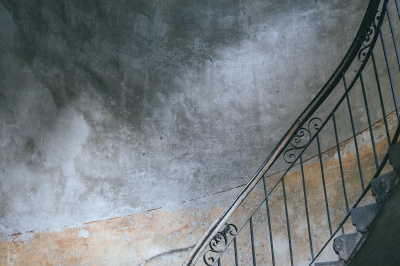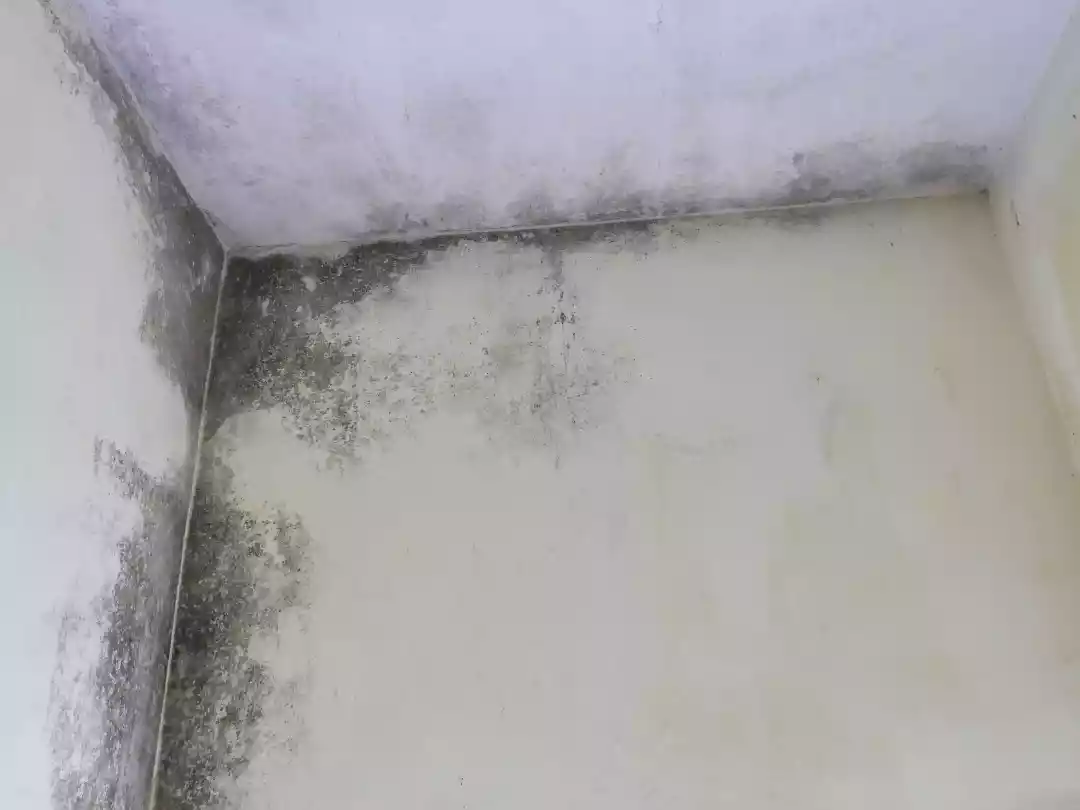Locating Wall Stains
If you are concerned about damp in your home, it is important to be able to identify the signs of damp and make sure that any appropriate treatments have been undertaken. There are a few key indicators as to whether or not your house needs damp proofing and this article will outline what those signs are.
Wall stains are one of the main signs that your house needs damp proofing. These normally have a yellow, white, brown or even black tinge to them, and they usually occur on the lower sections of your walls. These stains are caused by moisture passing through the walls and condensing on the surface or within the plaster. It is important to identify these stains as soon as possible, as they can quickly lead to more severe problems such as mould growth.
Condensation
Another sign that your house needs damp proofing is condensation. This happens when the humidity levels in your home are too high, causing water vapour to enter your walls, ceilings and other surfaces. This often occurs in the kitchen and bathroom, but can also be caused by poorly insulated windows and doors, as well as blocked air vents. Condensation can lead to mould growth and damage to paintwork, wallpaper and woodwork. In order to combat this, it is essential to reduce the level of humidity in your home and ensure that all windows and doors are properly sealed.

Need assistance finding damp proofing near you?
Get a QuoteRecurring Mould
Recurring mould is a sign that your house needs damp proofing and could be a result of condensation or rising damp. Mould is caused by moisture passing through your walls and settling on surfaces such as wallpaper, wall paint or furniture. If left untreated, it can cause further damage to your property, leading to costly repairs. In order to prevent this from happening, it is important to identify the source of the problem and to ensure that moisture is not able to pass through your walls.
Peeling Wallpaper
Peeling wallpaper is another sign that your house needs damp proofing. This is often caused by water seeping through your walls, and it can lead to further damage such as mould growth and discolouration. To prevent this from happening, it is important to identify the source of the problem and to ensure that moisture is not able to pass through your walls.
The Outside of Your Building
The outside of your building is an important factor to consider when assessing whether or not your house needs damp proofing. If your building is surrounded by trees, shrubs or other shrubberies, then moisture and humidity can easily pass through the walls. Likewise, if your property is located in an area that is prone to flooding, then you could be at risk of rising damp. It is important to keep an eye on the external environment of your house and to take appropriate measures to ensure that moisture is prevented from entering your property.
In this article:
